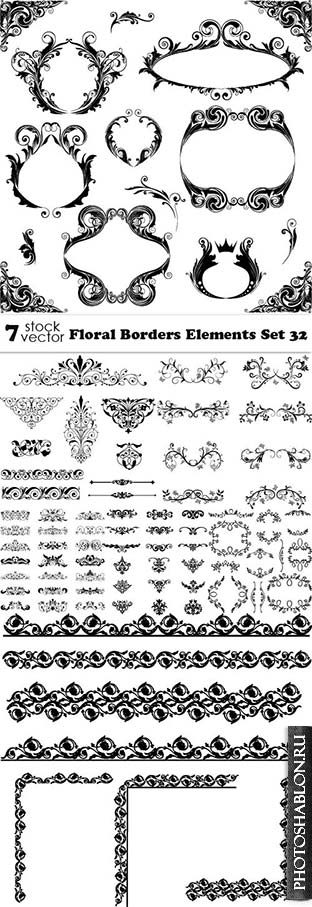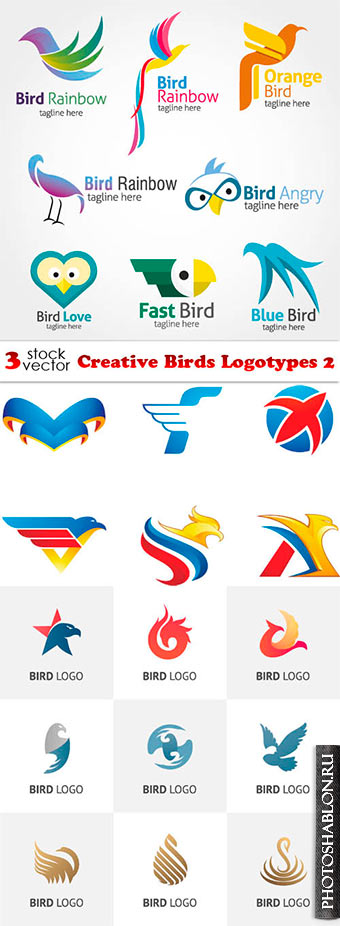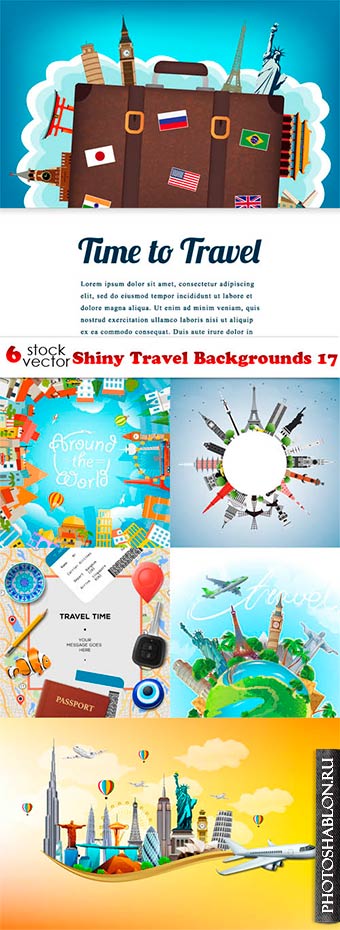
Vectors - Floral Borders Elements Set 32
7 AI | +TIFF Preview | 50 MB
|

Vectors - Shiny Lights Effects 6
6 AI | +TIFF Preview | 113.17 Mb
|

Векторный клипарт - 8 Марта / Vectors - 8 March Women Day
8 AI | +TIFF Preview | 185.85 Mb
|

Vectors - Sale Different Elements 25
8 AI | +TIFF Preview | 114.57 Mb
|

Векторный клипарт - Деревянные буквы / Vectors - Creative Wooden Alphabets 4
8 AI | +TIFF Preview | 77 MB
|

Vectors - Dark Geometric Backgrounds 13
6 AI | +TIFF Preview | 46 MB
|

Vectors - Circle Ornamental Frames 5
5 AI | +TIFF Preview | 72 MB
|

Vectors - Creative Birds Logotypes 2
3 AI | +TIFF Preview | 50 MB
|

Векторный клипарт - Клоуны / Vectors - Funny Cartoon Clowns 2
3 AI | +TIFF Preview | 62 MB
|

Vectors - Shiny Travel Backgrounds 17
6 AI | +TIFF Preview | 122 MB
|
|
Векторная графика, в отличие от растровой, строится не на основе сетки пикселей, а на математическом описании геометрических объектов - линий, кривых, многоугольников. Это позволяет векторным изображениям масштабироваться до бесконечности без потери качества, оставаясь четкими и гладкими даже при многократном увеличении. Каждый элемент в векторном изображении - это независимый объект, который можно редактировать отдельно, изменяя его цвет, форму, размер, положение, и т.д. Это делает векторную графику идеальным выбором для создания логотипов, иллюстраций, шрифтов, и других изображений, где важна четкость и масштабируемость.
Одним из ключевых преимуществ векторной графики является её компактность. Поскольку векторные изображения описываются математическими формулами, а не информацией о каждом пикселе, файлы обычно значительно меньше по размеру, чем их растровые аналоги. Это особенно важно для веб-графики и анимации, где размер файла напрямую влияет на скорость загрузки страницы и производительность. Кроме того, векторные файлы легче редактировать и обновлять, поскольку изменение одного объекта не требует повторной обработки всего изображения, как в случае с растровой графикой.












